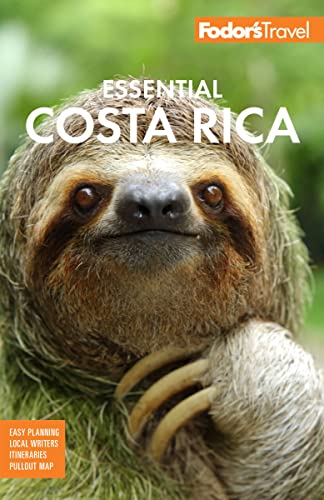Costa Rica's wealthiest community and the Central Valley's most prestigious address, Escazú (pronounced es-cah-SOO) nevertheless mixes glamour with tradition, BMWs with oxcarts, trendy malls with farmers’ markets, Louis Vuitton with burlap produce sacks. As you exit the highway and crest the first gentle hill, you might think you made a wrong turn and ended up in Southern California, but farther up you return to small-town Central America. Narrow roads wind their way up the steep slopes, past postage-stamp coffee fields and lengths of shoulder-to-shoulder, modest houses with tidy gardens and the occasional oxcart parked in the yard. Unfortunately, the area's stream of new developments and high-rises has steadily chipped away at the rural landscape—each year you have to climb higher to find the kind of scene that captured the attention of many a Costa Rican painter in the early 20th century. In their place are plenty of fancy homes and condos, especially in the San Rafael neighborhood. Escazú's historic church faces a small plaza, surrounded in part by weathered adobe buildings. The town center is several blocks north of the busy road to Santa Ana, which is lined with a growing selection of restaurants, bars, and shops.
During colonial days, Escazú was dubbed the "City of Witches" because many native healers lived in the area. Locals say that Escazú is still Costa Rica's most haunted community, home to witches who will tell your fortune or concoct a love potion for a small fee, but you'd be hard-pressed to spot them in the town's busy commercial district. Try a soccer field instead: the city's soccer team is christened Las Brujas (the Witches). You'll see a huge number of witch-on-a-broomstick decals affixed to vehicles here, too; it's the city's official symbol.




